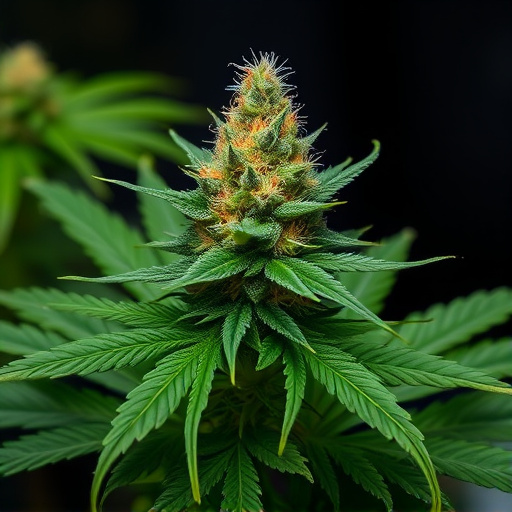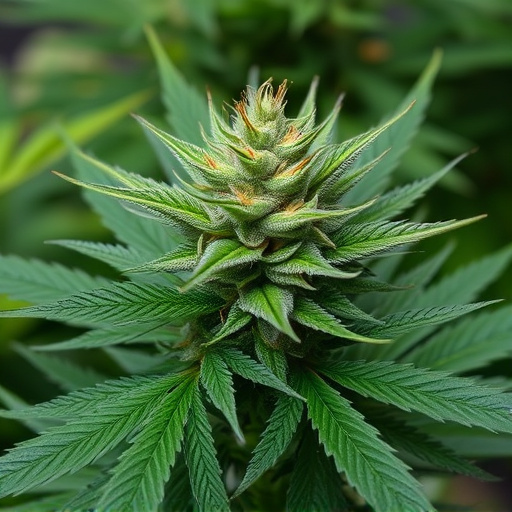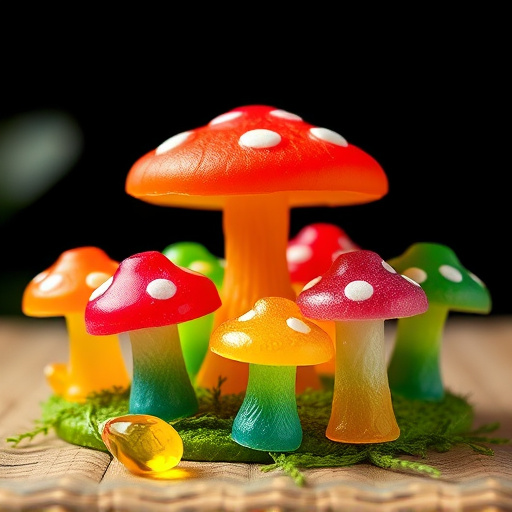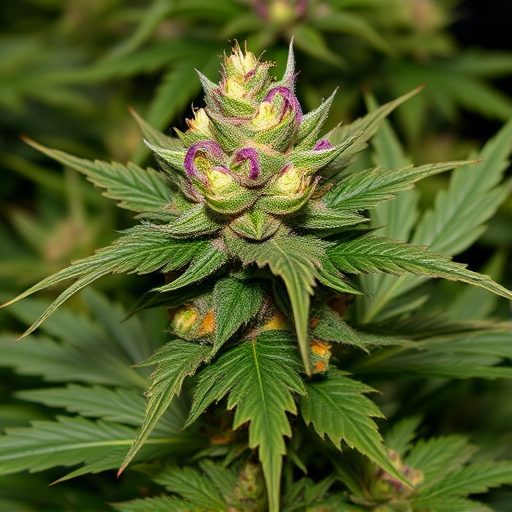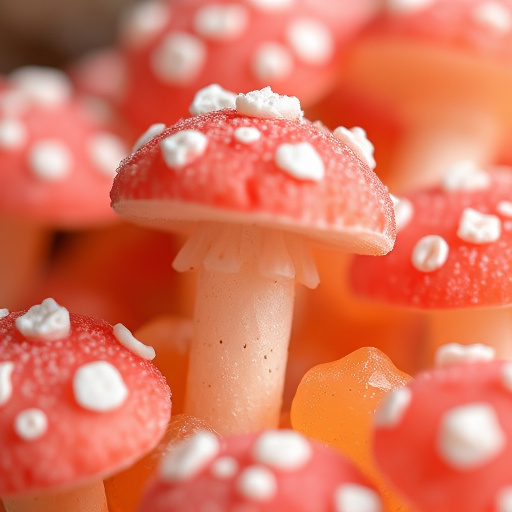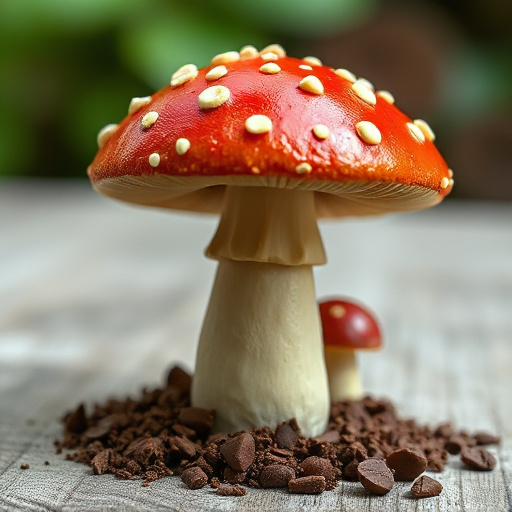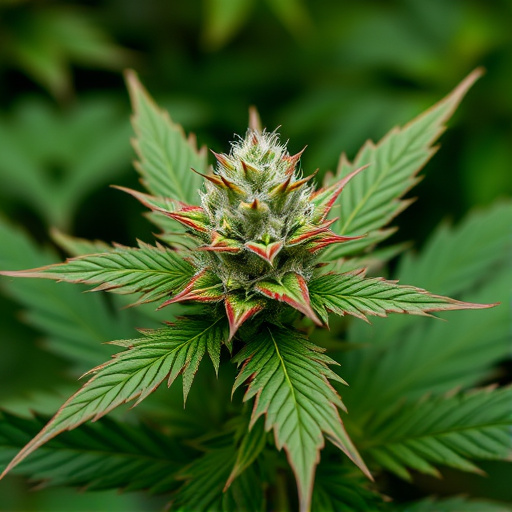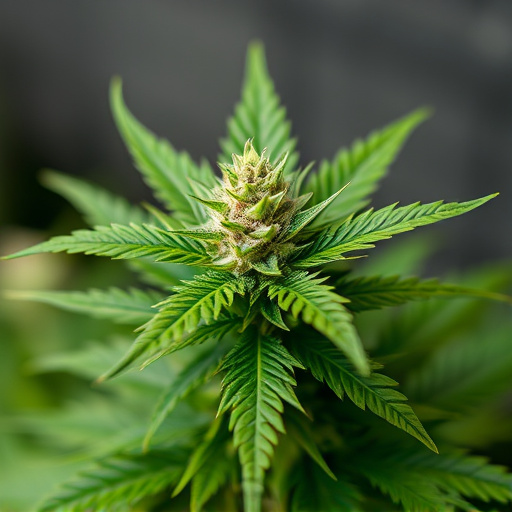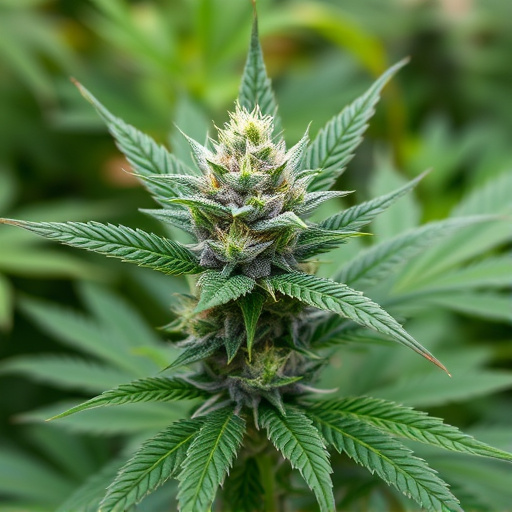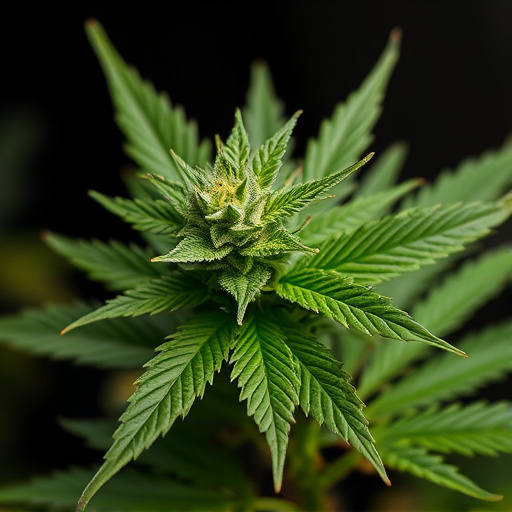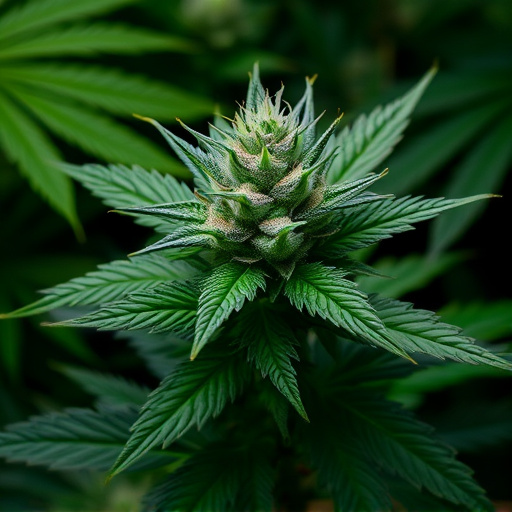Terpenes, natural compounds in cannabis, significantly influence scent, flavor, and effect of different strains, including those targeted at ADHD management. These aromatic molecules interact with cannabinoids like THC and CBD, offering therapeutic benefits such as mood improvement and cognitive support. Specific terpenes like myrcene and linalool, known for their relaxing and calming properties, can assist in ADHD symptom management, making cannabis strains with distinct terpene profiles a promising alternative treatment approach.
“Uncover the enigmatic world of cannabis aroma! This article delves into the multifaceted factors that shape the unique scents we associate with different strains. We explore the pivotal role of terpenes, powerful aromatic compounds that interact with cannabinoids, creating a symphony of aromas.
From the therapeutic potential of specific terpenes in managing ADHD symptoms to the influence of cultivation practices and environmental conditions, we unravel the secrets behind cannabis’ captivating scents. Discover how these elements contribute to the diverse range of cannabis strains available for those seeking relief.”
- The Role of Terpenes in Cannabis Aroma
- – Explanation of terpenes and their diverse range of scents
- – How terpenes interact with cannabinoids to create unique aromas
The Role of Terpenes in Cannabis Aroma
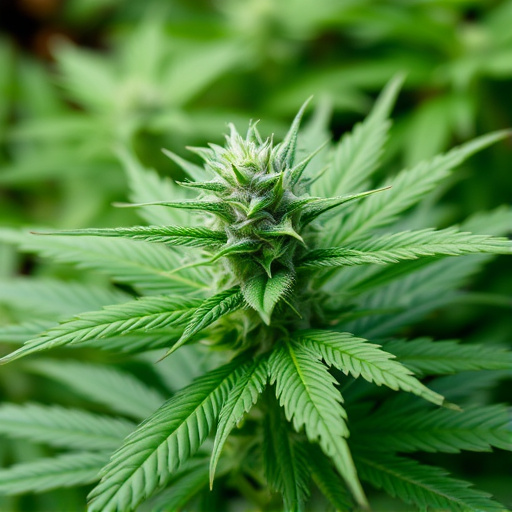
Terpenes play a pivotal role in shaping the distinctive aroma of cannabis, contributing to the diverse scents and flavors experienced across different strains. These aromatic compounds are produced naturally by various plants, including cannabis, and are responsible for the unique character of each strain. In cannabis, terpenes not only influence scent but also interact with cannabinoids like THC and CBD, modulating their effects on the body and mind.
Amongst the vast array of terpenes found in cannabis, certain ones have gained attention for their potential therapeutic benefits. For instance, strains known for their uplifting and energizing effects often contain high levels of myrcene, a terpene linked to improved focus and cognitive function. This makes them appealing choices for individuals seeking relief from ADHD symptoms, as the familiar scent can provide a comforting association with positive outcomes.
– Explanation of terpenes and their diverse range of scents
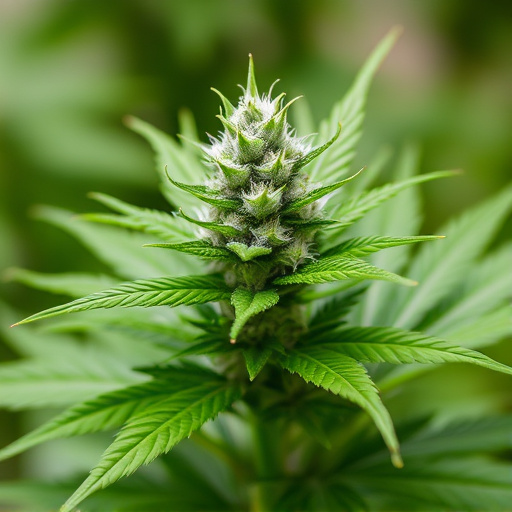
Cannabis aroma is a complex blend of compounds, among them, terpenes play a pivotal role in shaping the diverse scents we experience from different cannabis strains. Terpenes are aromatic organic compounds naturally produced by many plants, including cannabis. They contribute significantly to the characteristic odours and flavours we associate with various cannabis strains, making each variety unique. From fruity and floral to spicy and earthy notes, terpenes offer a wide range of scents that cater to diverse preferences, especially when considering cannabis strains for ADHD management where specific aromas can help mitigate symptoms by inducing relaxation or focus.
The impact of terpenes goes beyond mere scent; they also interact with the cannabinoids present in cannabis, like THC and CBD. This interaction influences how the body perceives and processes these compounds, highlighting the importance of terpene profiles in cannabis strains for therapeutic purposes, including managing ADHD. With their intricate role in cannabis aroma and potential therapeutic benefits, understanding terpenes is essential for both consumers seeking specific effects and researchers exploring cannabis’s medical potential.
– How terpenes interact with cannabinoids to create unique aromas
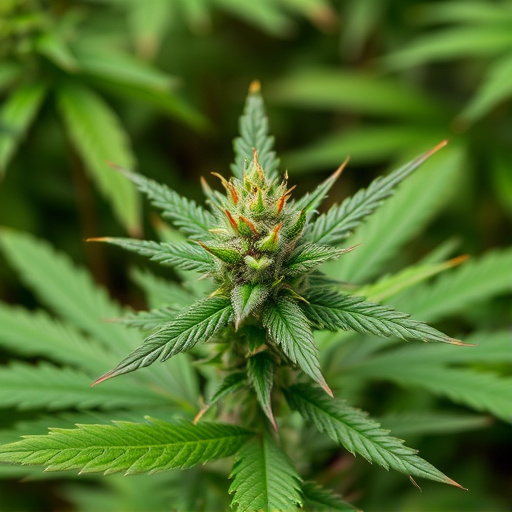
In the intricate world of cannabis, the aroma of different strains holds a significant allure, especially for those seeking relief from conditions like ADHD. This unique scent is largely attributed to the interaction between terpenes and cannabinoids. Terpenes, aromatic compounds found in many plants, play a pivotal role in shaping the olfactory experience of cannabis. They blend harmoniously with cannabinoids, such as THC and CBD, to create an array of scents ranging from fruity to floral or spicy.
Cannabis strains for ADHD often boast specific terpene profiles that can positively influence mood and cognitive function. For instance, linalool, a common terpene in many strains, is known for its calming effects, potentially aiding in stress reduction and better focus. Myrcene is another notable terpene linked to relaxation and sleep, offering yet another avenue for cannabis to support those with ADHD in managing symptoms.
In understanding what determines cannabis aroma, especially within the context of exploring cannabis strains for ADHD, it’s clear that terpenes play a pivotal role. These aromatic compounds not only give each strain its distinct scent but also interact with cannabinoids to influence the overall effect. By recognizing the interplay between terpenes and cannabinoids, consumers can make more informed choices when seeking specific aromas and potential therapeutic benefits for conditions like ADHD.
